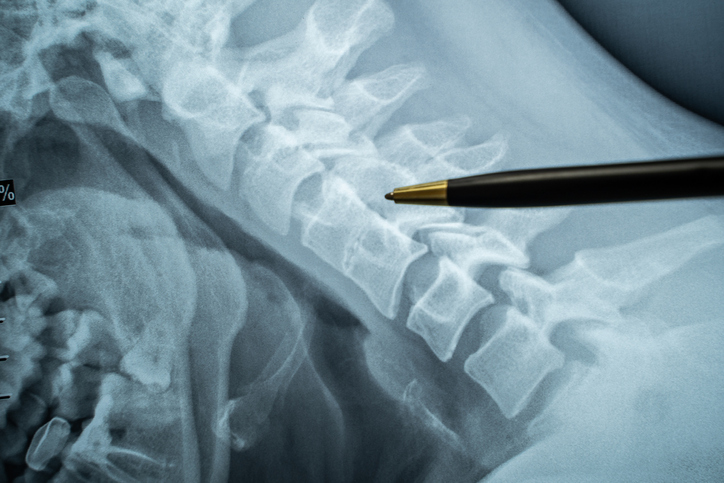Treatments
Trial for Implanted Pain Pumps

What is an implanted pain pump?
An implantable pain pump, or intrathecal pain pump, is a device that is surgically implanted under the skin. It delivers pain medication directly into the fluid-filled area around the spinal cord (the intrathecal space). This prevents pain receptors near the spine from sending pain signals to the brain.
Trial for implanted pain pumps
Prior to a pain pump being implanted, a trial must be performed. The goal is to achieve the maximal pain relief with minimal side effects. A pain management specialist or a neurosurgeon typically completes the trial. This is done to determine the following:
- Is pain eased when medication is delivered directly to the spinal cord?
- How much pain relief does the individual experience? To be successful, pain reductions should be at least 50% with no side effects.
- What is the estimated dosage of medication needed to achieve adequate pain control? Once the pain pump is implanted, medication will likely be further adjusted.
Types of trials
The two common pain pump trial methods include the following:
- Injection trials. This involves an injection of pain medication into the fluid-filled space around the spinal cord. The physician and individual will then assess the degree of pain relief observed throughout the day.
- Continuous infusion trials. This type of trial may last two to three days and is similar to an implanted pain pump. During this trial, a catheter is placed into the intrathecal space (fluid-filled area around the spinal cord), while medicine is injected from a pump worn outside the body. Continuous infusion better stimulates pain relief that may be experienced with a permanent pain pump.
Risks of trials
Certain risk can occur during a trial, which may include the following:
- Infection. The use of an external catheter increases the risk of infection, especially for immunocompromised individuals. Waiting a few days between the trial and the procedure to implant a pain pump allows time for a physician to monitor for signs of infection.
- Pump system failure. Changes may occur in the performance of the catheter, which may be due to leakage, breakage, movement or blockage. This can lead to complete failure of the catheter. Unexpected depletion of battery may also occur.
- Hematomas. Although they may occur any time, hematomas are more likely during the insertion and removal of the catheter. Hematomas can expand and compress nerve roots of the spinal cord, which may lead to permanent injury.
Medication side effects
Possible side effects of the medication used for the trial include the following:
- Muscle spasms
- Urinary retention
- Nausea
- Dizziness

















